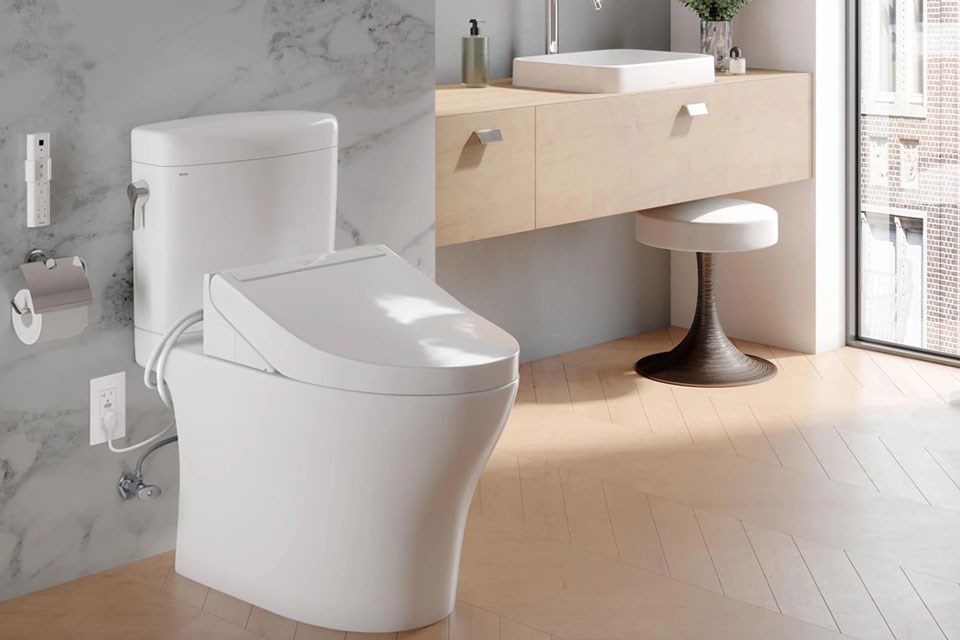In recent years, the world has witnessed a significant shift towards sustainable solutions in various sectors, and sanitation is no exception. Among these innovations, bio digesting toilet systems have emerged as a revolutionary approach to waste management. By using natural processes to decompose human waste, these systems offer an eco-friendly alternative to traditional sanitation methods. As the need for sustainable practices grows, understanding the benefits and workings of bio digesting toilet systems becomes essential.

What Are Bio Digesting Toilet Systems?
Bio digesting toilet systems are a type of environmentally-friendly sanitation technology that utilizes biological processes to break down human waste. Unlike conventional toilets, which rely on water to flush waste away, these systems use bacteria and other microorganisms to decompose waste on-site. This process not only reduces water usage but also minimizes the environmental impact of waste disposal.
The Mechanism Behind Bio Digesting Toilets
The core mechanism of a bio digesting toilet system involves a specially designed chamber where waste is deposited. Here, anaerobic bacteria, which thrive in oxygen-free environments, break down the organic matter. This decomposition process generates biogas, a mixture of methane and carbon dioxide, which can be harnessed for various energy needs. The remaining solid residue, often referred to as digestate, can be used as a nutrient-rich fertilizer, closing the loop of waste recycling.
Benefits of Bio Digesting Toilet Systems
One of the primary benefits of bio digesting toilet systems is their ability to significantly reduce water consumption. Traditional flush toilets can use up to seven gallons of water per flush, whereas bio digesting systems operate with minimal or no water. This makes them particularly suitable for areas facing water scarcity.
Another advantage is the reduction of waste management costs. By treating waste on-site, these systems eliminate the need for extensive sewage infrastructure and reduce the burden on municipal waste treatment facilities. Furthermore, the production of biogas offers a renewable energy source that can be utilized for cooking, heating, or electricity generation.
Applications in Various Sectors
The versatility of bio digesting toilet systems allows them to be implemented in a wide range of settings. In rural and remote areas where access to conventional sanitation facilities is limited, they provide a practical and sustainable solution. Urban environments can also benefit from the integration of these systems, reducing the strain on existing sewage infrastructure and promoting environmental sustainability.
Moreover, industries such as tourism and outdoor recreation are increasingly adopting bio digesting toilets to minimize their environmental footprint. For instance, campsites and nature reserves can utilize these systems to maintain hygiene standards while preserving the natural ecosystem.
Challenges and Considerations
Despite their numerous benefits, the adoption of bio digesting toilet systems is not without challenges. Initial installation costs can be higher than traditional toilets, which may deter widespread adoption. Additionally, the effectiveness of the system depends on proper maintenance and the right environmental conditions, such as temperature and humidity, to support bacterial activity.
There is also a need for increased awareness and education about the benefits and operation of bio digesting toilets. Stakeholders, including governments, NGOs, and private sectors, should work together to promote these systems as viable sanitation solutions.
Future Prospects and Innovations
As technology advances, the efficiency and affordability of bio digesting toilet systems are expected to improve. Innovations in materials and design, such as compact and portable units, are expanding the potential applications of these systems. Additionally, integration with smart technologies can enhance monitoring and maintenance, ensuring optimal performance.
For more insights into innovative toilet designs and their impact, explore the [future of bathroom technology](https://dphome.my/blogs/smart-toilet/the-future-of-bathroom-technology-an-in-depth-look-at-smart-toilets) and learn how portable toilets are revolutionizing the industry.
Conclusion
In conclusion, bio digesting toilet systems represent a promising solution for sustainable sanitation. By leveraging natural processes to manage waste, they offer significant environmental and economic benefits. As the world continues to prioritize sustainability, these systems are poised to play a critical role in shaping the future of sanitation.

FAQs
What is a bio digesting toilet system?
A bio digesting toilet system is a sanitation technology that uses bacteria and other microorganisms to decompose human waste on-site, reducing water usage and environmental impact.
How do bio digesting toilets benefit the environment?
Bio digesting toilets reduce water consumption, decrease waste management costs, and produce biogas as a renewable energy source, contributing to environmental sustainability.
Where can bio digesting toilet systems be used?
These systems can be implemented in rural areas, urban environments, campsites, nature reserves, and industries such as tourism and outdoor recreation to provide sustainable sanitation solutions.
This article contains affiliate links. We may earn a commission at no extra cost to you.






